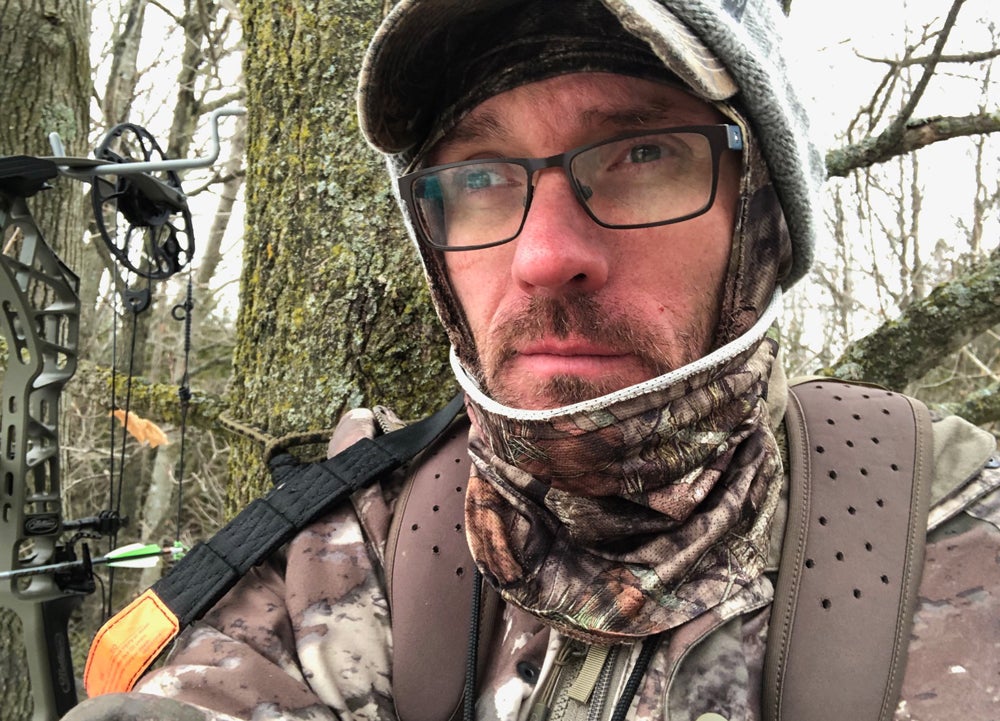Layered Head Gear for Cold Weather
Kevin Felts 12.09.19

When it comes to cold weather we should all know layering is better than one bulky item, such as a large coat. Typically topics such as socks, pants, and shirts are discussed, but when it comes to headgear people are somewhat quiet. Some of us may use a balaclava or ski mask, or perhaps a beanie and not much more.
I would like to share a little trick I learned decades ago to keep the head a little warmer on those cold mornings of sitting in a stand: add a cap used by welders and other people who work construction to my layered approach. Some of these caps are insulated with others are just a piece of cloth shaped to cover the ears. As stated earlier, the caps were originally designed for construction workers.
These welding caps come in a wide variety of colors and shapes. Some extend to just over the ears, while others cover the head & neck and extend down to the shoulders.
One good thing about these types of caps is that some are available in blaze orange. Not every hunter has to wear blaze orange, but many areas require it.
Besides insulated caps there are face covers. These are your typical wrap-around-the-back-of-the-head covers which include the nose and mouth.
What I typically do, depending on weather, is wear a face cover, a welding cap that covers the ears and has velcro straps under the chin, a beanie, then finally a loose fitting fleece balaclava that goes down to the top of the shoulders. This provides three layers of cold protection.
Some of the readers may be asking themselves why I prefer gear made for construction? The first thing that comes to mind is durability, because the items are typically made for hard use on a construction site. After all, if an insulated cap is designed to be worn for 10 and 12 hours a day while welding, it can surely stand up to being used a few weeks out of the year.
Next time the reader goes shopping for cold-weather head gear, consider dropping by the construction section of the website and look around. I almost promise you won’t be disappointed. After all, construction workers work in the outdoors in a wide range of environments, including the blistering cold of Alaska and the Dakotas.